This post is brought to you by Xiaomi.
What makes the cameras on a smartphone so appealing to us? Is it that they are easy to carry on us wherever we go, or the added functionality provided by the smartphone? Both are compelling reasons. But for most users, whether young or old, tech-savvy or otherwise, professional or novice photographers, the appeal of a smartphone camera comes from the point-and-shoot experience.
Adding to that experience is the computational photography offered by many smartphones today. After snapping a picture, the onboard image process will adjust the contrast, manage the shadows, control the highlights, and enhance the colours before displaying the final photo. There is no additional input required from you if you choose to use the photo as is.

To take this experience to its pinnacle, the Xiaomi 14 Ultra was conceived by its parent company to be the last word in mobile photography. Co-developed with renowned German camera manufacturer Leica, the Xiaomi 14 Ultra is packed with advanced optics, a versatile camera system, the best hardware possible, complex computational photography software, and illustrious Leica colour profiles.

So if you think your phone has the best camera, wait until you experience the Leica Vario-Summilux camera system on the Xiaomi 14 Ultra.
Quad Leica Summilux optical lenses
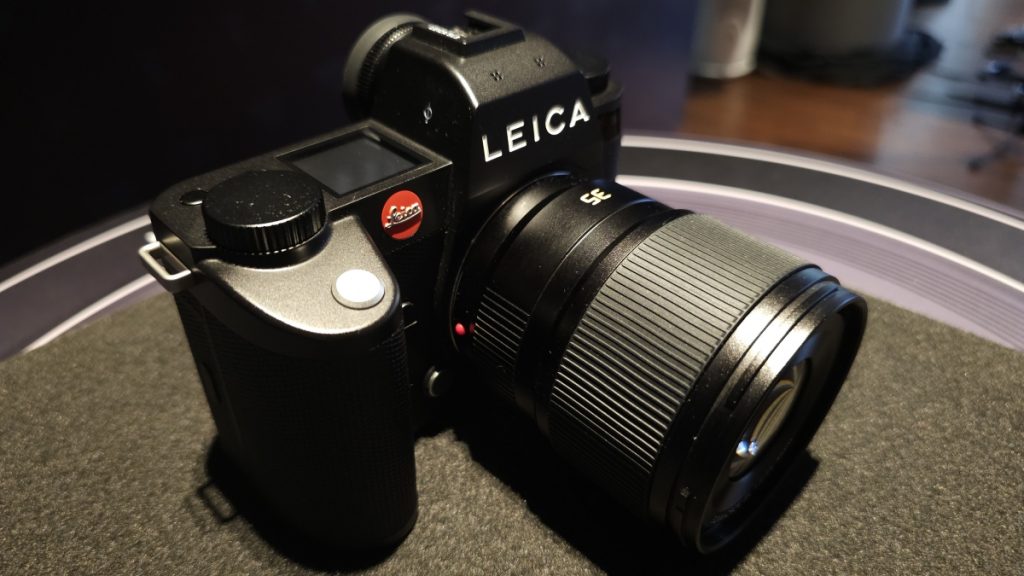
Leica Summilux are some of the most desirable camera lenses out there. The name is derived from Latin where Summi is based on the word “Summa” meaning summit or height while Lux refers to light. So to live up to the name, the Summilux lens delivers superior light transmission that provides high-contrast images with excellent resolution.

By working with Leica, Xiaomi has brought over those properties to the camera lenses on the Xiaomi 14 Ultra, earning the name Leica Summilux. There is a quad-camera system on the rear of the phone consisting of an ultra-wide angle, a wide angle, a telephoto, and a periscope camera, all of which have a resolution of 50MP. Combined, they form the Leica Vario-Summilux 1:1.63-2.5/12-120 ASPH.
- Vario – Refers to a variable aperture design, allowing different aperture settings
- 1:1.63-2.5 – Aperture range from a wide f/1.63 to a narrow f/2.5
- 12-120 – Focal length range from a wide 12mm to a long 120mm
- ASPH (Aspherical) – It means that the lenses are non-spherical thus reducing optical aberrations and improving image quality

We start with the 50MP primary camera which provides a 23mm equivalent focal length. It utilises Sony’s new top-of-the-line LYT-900 module with a large 1-inch sensor. Designed to capture more light, the phone combines the single 1.6μm pixels in a 4-to-1 binning process to produce large 3.2μm pixels that contain the collective light information from the individual pixels.

Xiaomi has also given the 8P aspherical lens element an anti-reflective coating using Atomic Layer Deposition (ALD) technology to reduce internal reflections and increase light transmission for improved image quality, especially in low-light conditions.



Conventionally, smartphone cameras either have a single aperture or offer a couple of pre-determined aperture values to switch between. The primary camera on the Xiaomi 14 Ultra however offers a step-less variable aperture from f/1.63 to f/4.0. This means that the phone can alter the brightness and exposure of the scene more precisely. You can even observe the iris diaphragm of the primary camera lens open and close when the aperture value changes.

Rounding things up, what would a flagship camera be without a mechanism to compensate for shakes? As such, the primary camera features optical image stabilisation (OIS) to help compensate for shakiness from unsteady hands. In low-light environments, OIS helps to stabilise the camera as it keeps the shutter open for longer to capture more light. This results in a sharper and clearer image.

Next, we have the floating telephoto camera with a 50MP resolution using a Sony IMX858 module sitting behind a 6P lens element with a f/1.8 aperture. In this camera, the lenses are divided into two groups by using a floating focus module. When capturing subjects at a distance, the groups move closer to provide a 75mm equivalent focal length, translating into a 3.2x optical zoom.

Conversely, the camera can be used for macro photography, up to 10cm close to the subject, by moving the groups away from each other. Regardless of the subject’s distance, OIS will keep your shots as steady as possible.

Need to capture a subject that’s further away? Then switch to the 50MP periscope camera with a 120mm equivalent focal length. On the phone, this is labelled as 5x optical zoom. This camera also uses a Sony IMX858 module but with an aperture of f/2.5. Thanks to the optical properties of a periscope camera, it’s also capable of macro photography, up to 30cm close to the subject. And yes, OIS is present on this camera as well.


Finally, we have the ultra-wide camera which uses the Sony IMX858 module with a 7P lens element and a f/1.8 aperture. It offers a 122° field of view (FOV) using a 12mm equivalent focal length which is 0.5x optical zoom. By using software witchcraft, this camera can also shoot macro photos up to 5cm close to the subject.
Iconic Leica colour profiles
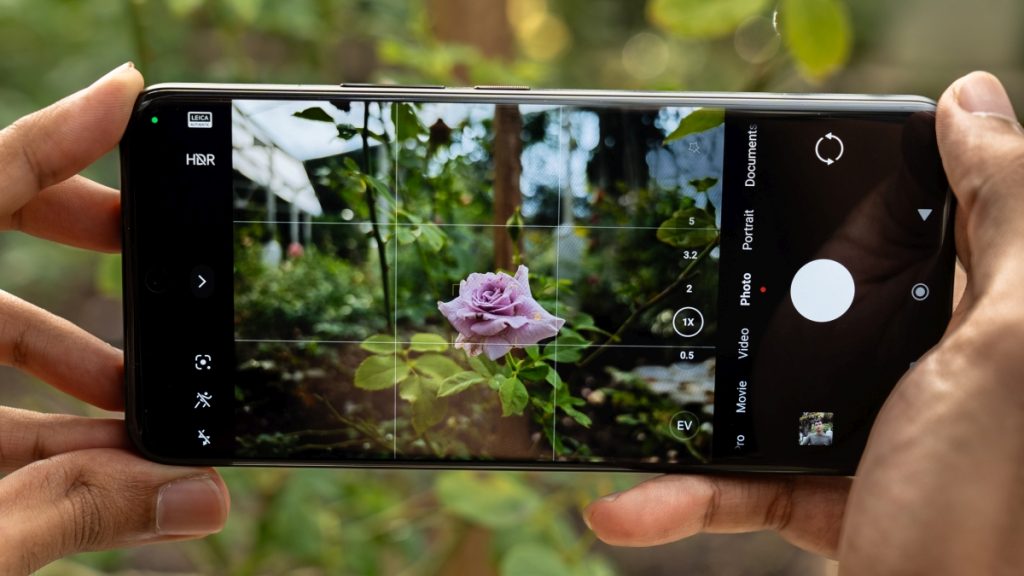
What most people have come to expect from a smartphone camera is to automatically produce photos that are bright, clear, sharp, colourful, and vivid. The Xiaomi 14 Ultra is no different in this regard. By using the advanced camera system, it has a strong foundation to produce stunning photos.




Even before snapping the photo, the Xiaomi 14 Ultra uses AI to detect the subject and keep them in sharp focus. It then chooses the ideal exposure, ISO, and aperture based on the lighting conditions to get an image that is well-lit but not overexposed. Additionally, the primary camera has a stepless aperture giving finer control to the settings.




After hitting the shutter key, the phone will capture shots with varying exposure settings. It then uses the image processor to analyse the scene and perform object segmentation. Once the image processor identifies the objects, it chooses the best exposure for each object from the shots with varying exposure and composites them into a single image.


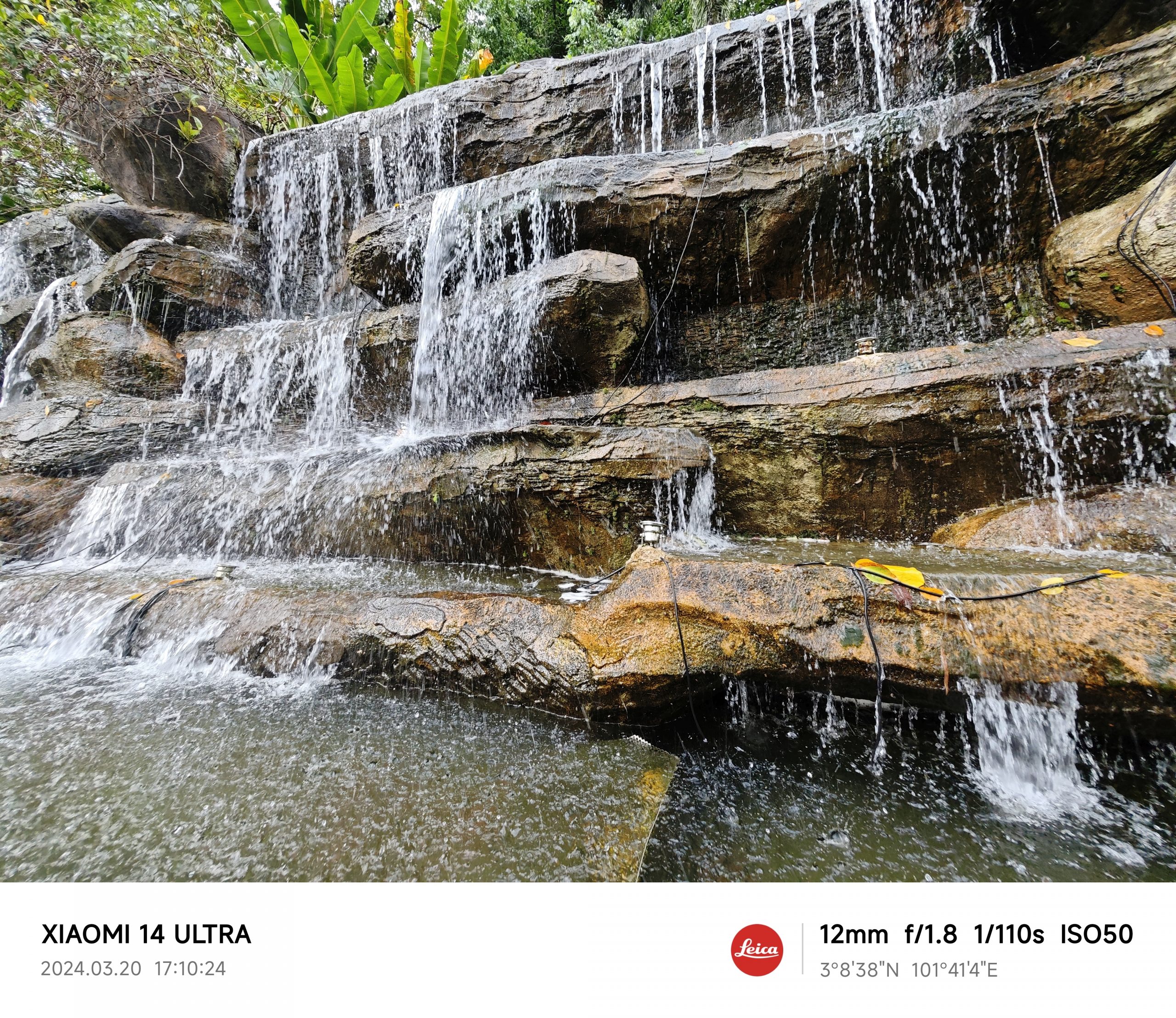

Finally, the shadow, highlight, colour, and contrast are tweaked to produce a stunning photo. This complex process is silently completed in the background within seconds of hitting the shutter key.
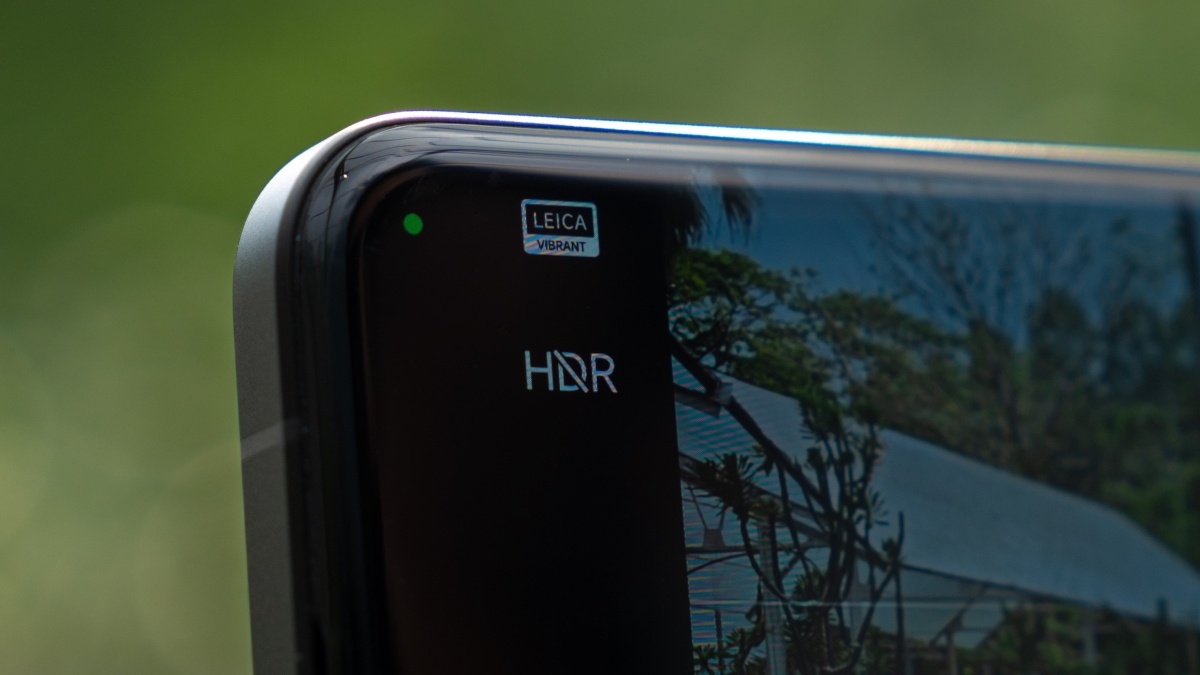



Moreover, the Xiaomi 14 Ultra has an edge by offering two iconic Leica colour profiles which alter the mood and feel of the scene. Before taking a shot, you can choose between Leica Authentic or Leica Vibrant and view the colour changes in real-time.


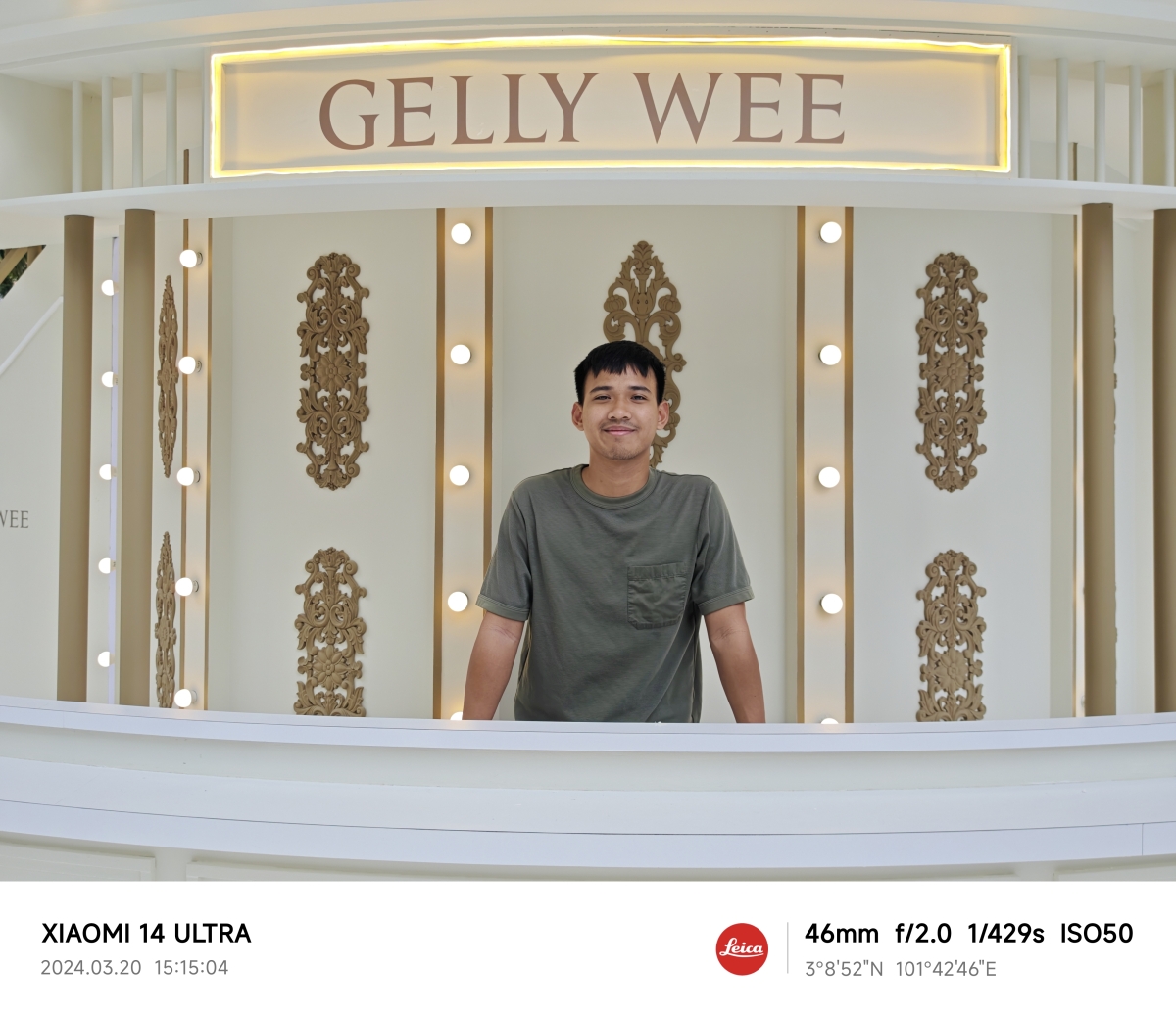

Leica Authentic dials back the colour saturation and creates minimal light fall-off between the centre and corner of the image by reducing vignetting correction. This emulates the characteristics of a photo taken with a Lecia Summicron lens. Moreover, the photos offer a sense of calmness and strike a more neutral tone.




Meanwhile, Leica Vibrant is the total opposite. As the name suggests, it offers bright tones and vivid overflowing colours. Jointly developed by Leica and Xiaomi, this colour profile produces vibrant photos with higher contrast and saturation that pop to convey liveliness and dynamics.




Normally, you would need to spend time and effort in photo editing apps to achieve the look of these colour profiles. But in keeping with the ambition of the point-and-shoot experience, the phone does all the colour grading for you.


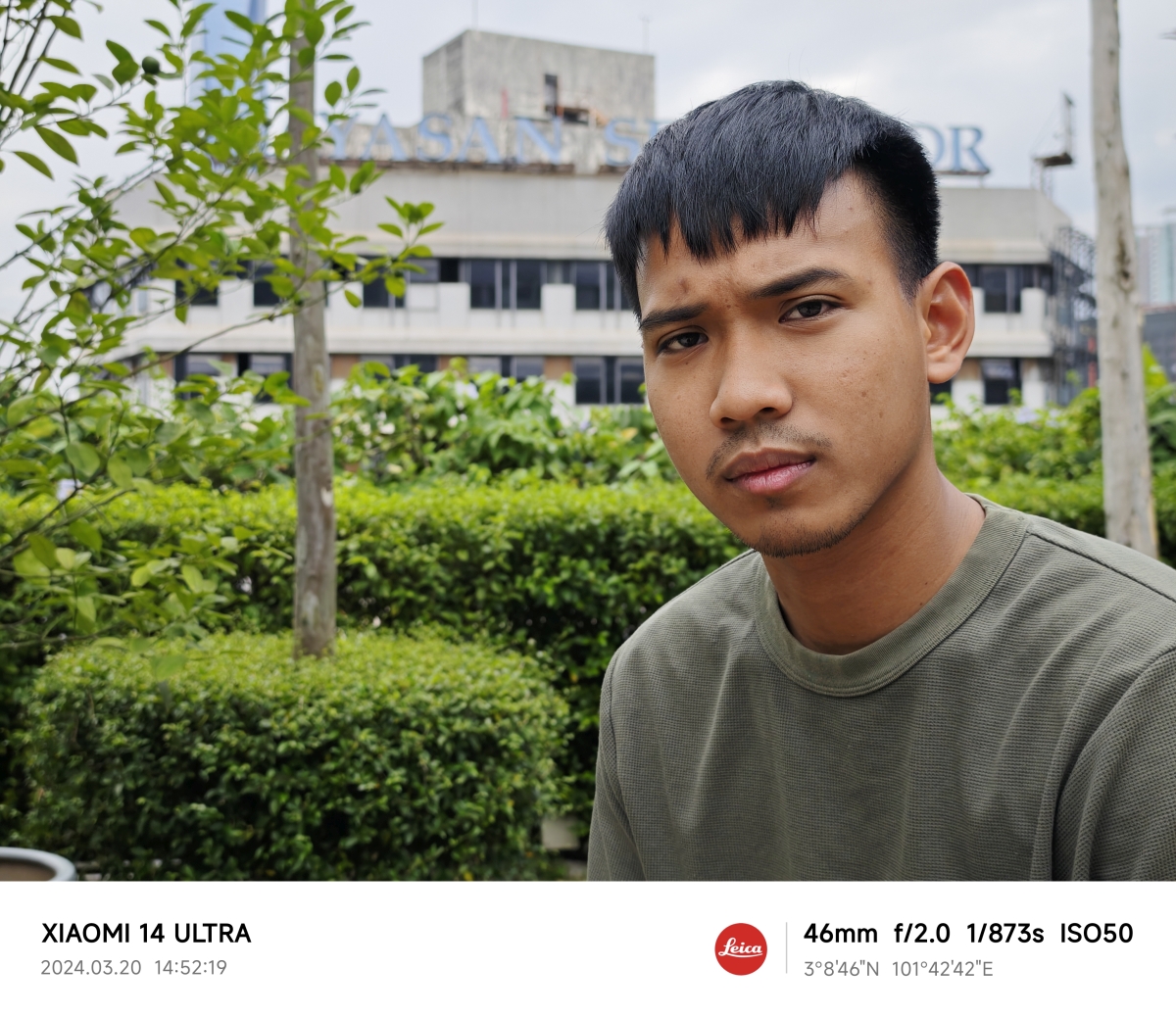

Then there’s the natural shallow depth of field created by the cameras without any software trickery. Since the primary camera has a stepless aperture, it can generate an in-focus subject and an out-of-focus background at more distances.
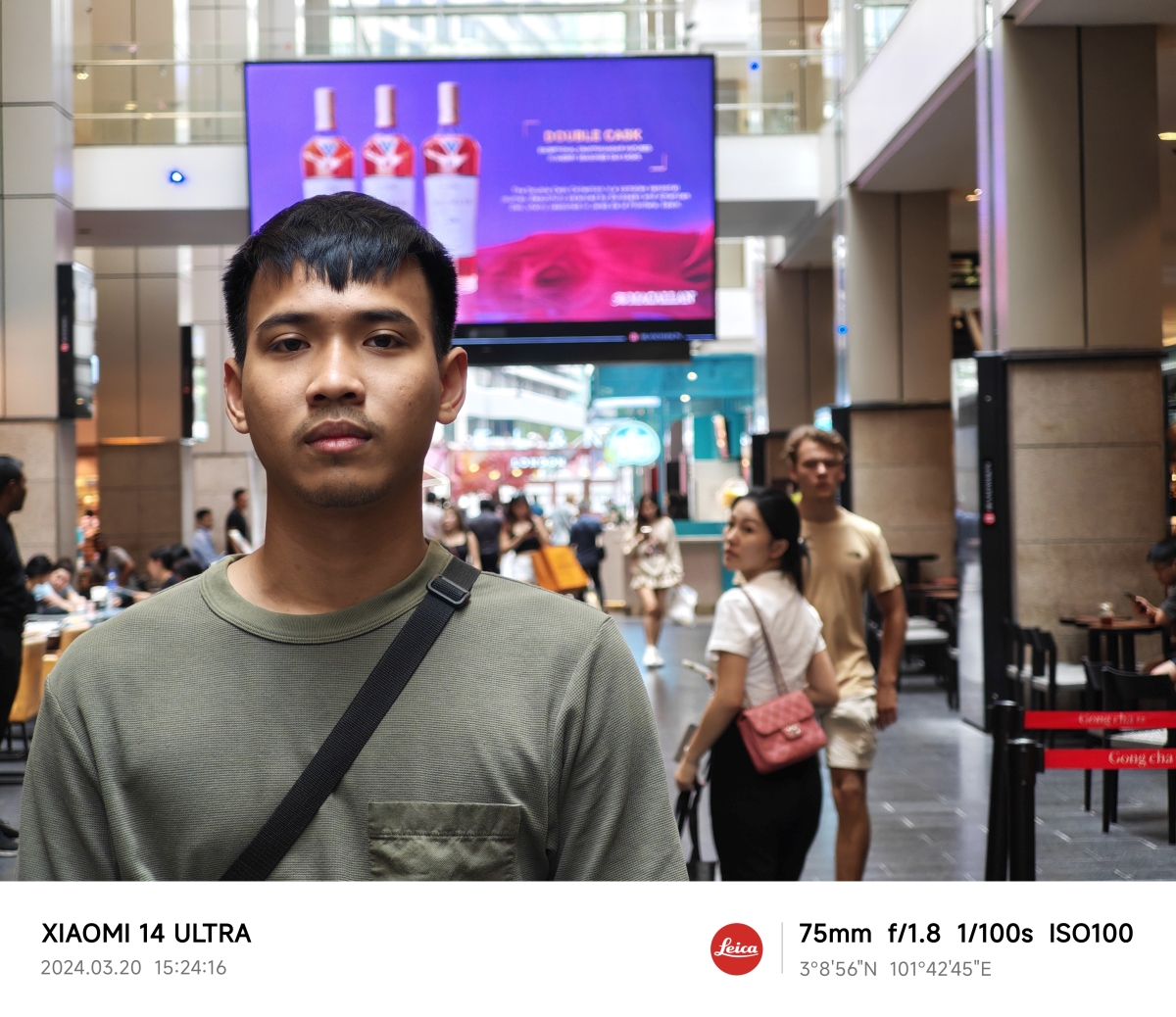


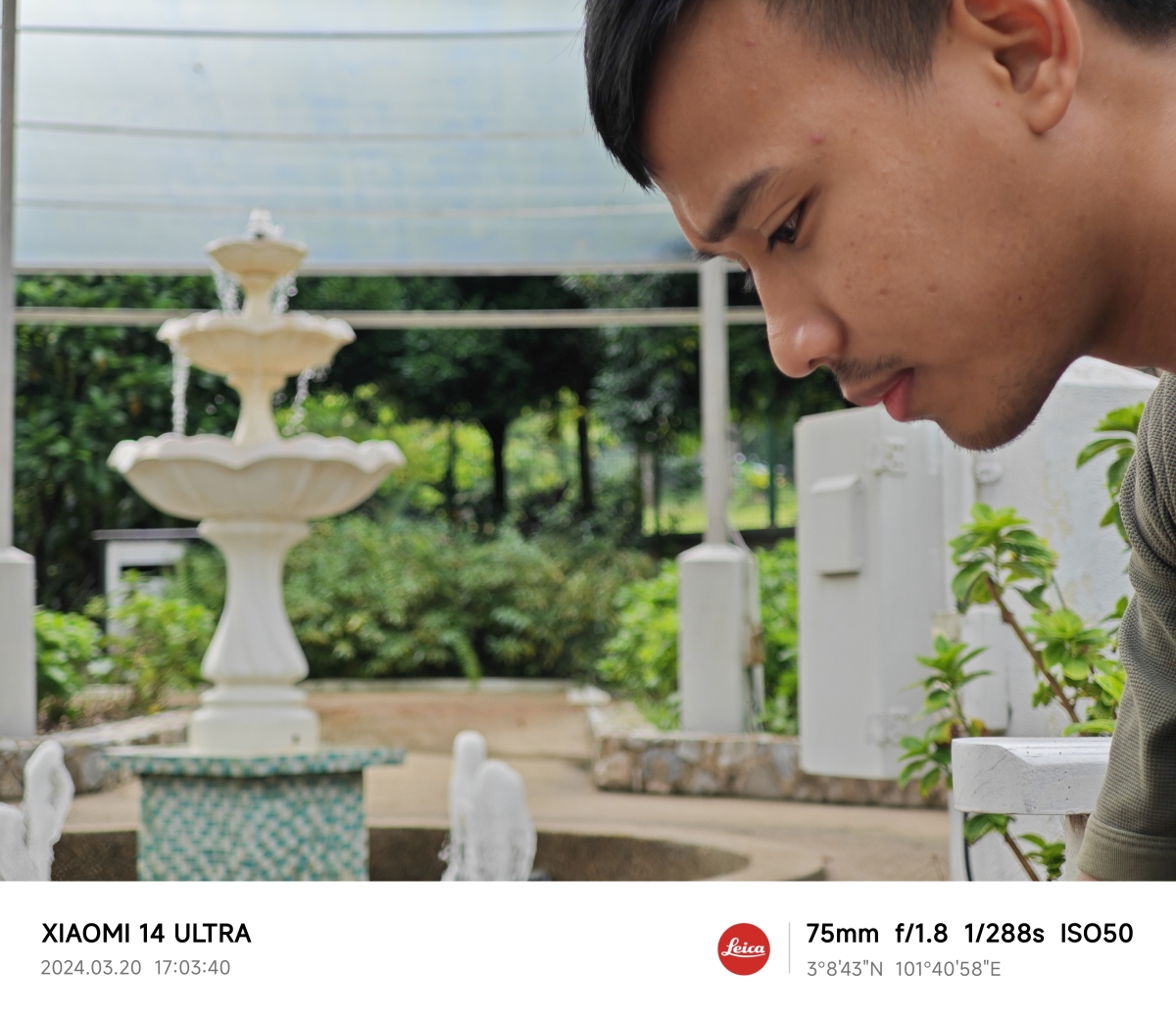
Even the telephoto cameras create a background with a soft focus when shooting closer subjects, making it ideal for portrait photography.
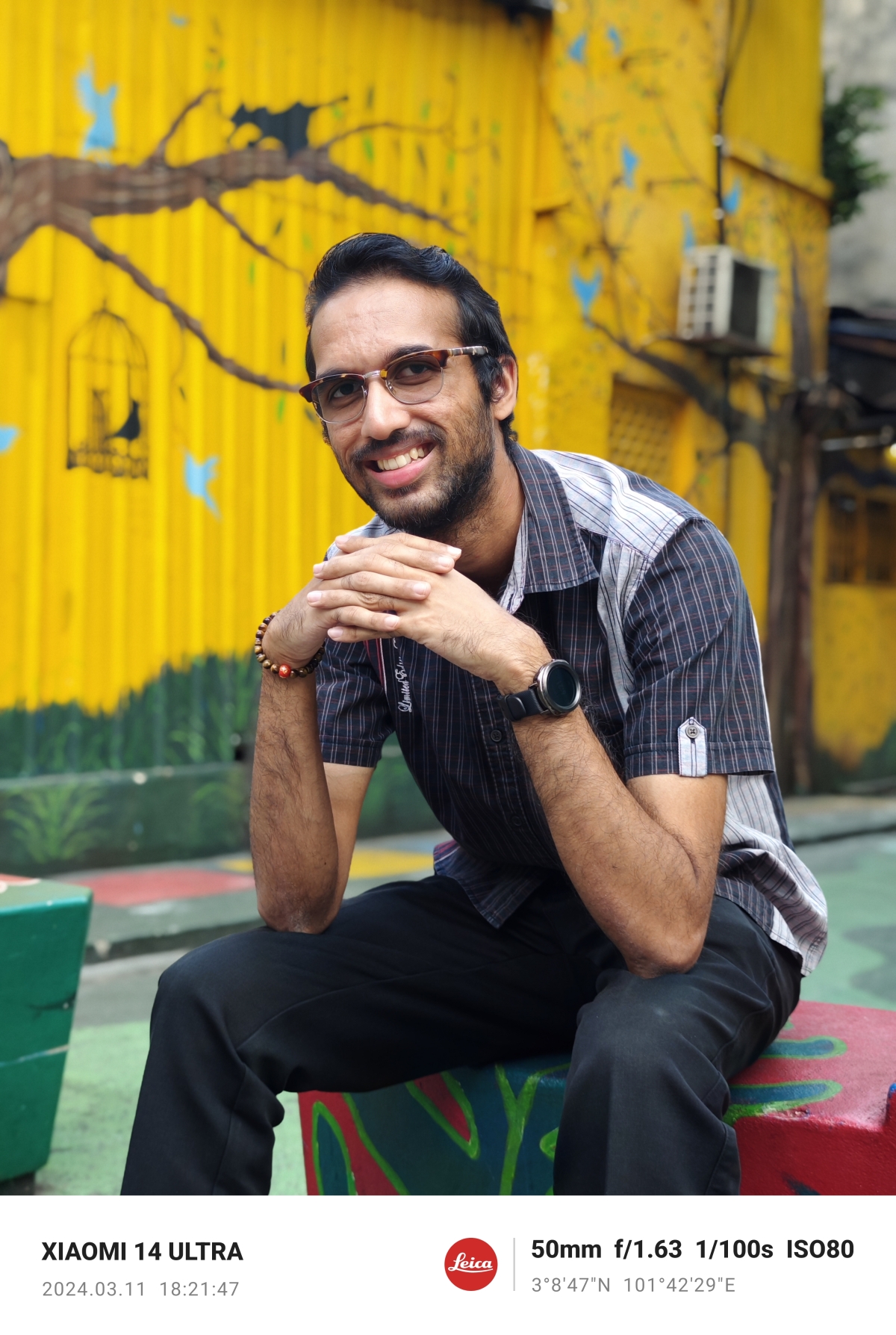


But that’s not to say there is nothing for portrait mode to offer. Xiaomi has included the Master-lens system to recreate different bokeh effects such as the Swirly bokeh which causes the lights in the background to distort and turn fuzzy.
Xiaomi 14 Ultra Photography Kit

Since so much engineering effort has gone into the Xiaomi 14 Ultra in the pursuit of optical excellence, it’s only right that Xiaomi offers users the complete camera experience. To achieve this, they designed accessories for the smartphone that mimic the aesthetics and ergonomics of a traditional camera.
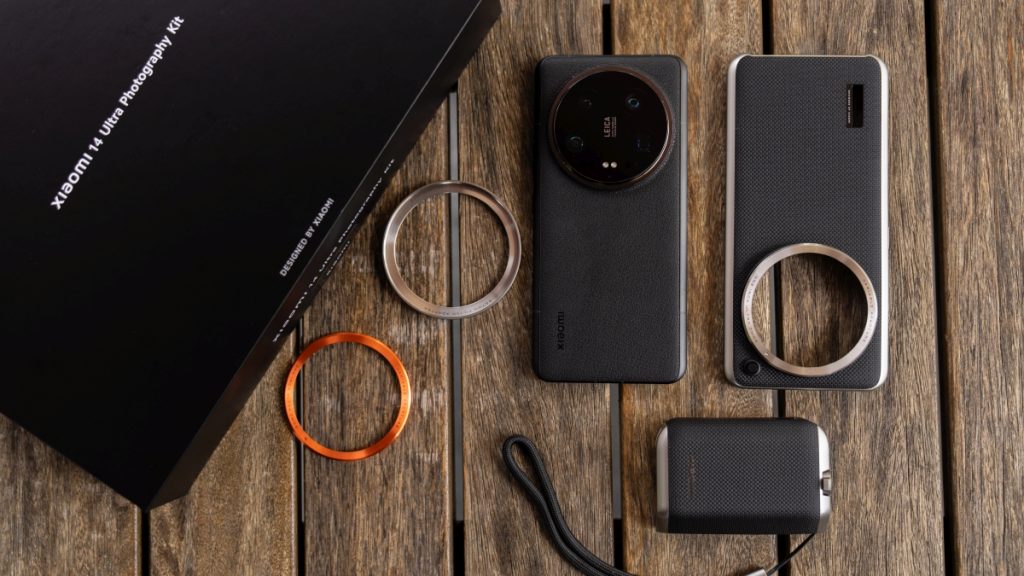
Called the Xiaomi 14 Ultra Photography Kit, it includes a case featuring a black woven texture with a lens mount, two decorative lens rings, a 67mm adapter ring, a fabric wrist strap, and a camera grip.

You can either choose to fit the orange decorative ring on the lens mount of the case to give the phone a touch of character or attach the 67mm adapter ring. The latter allows you to add compatible lenses like a UV filter, Clear filter, Circular Polarizer (CPL), Linear Polarizers (PL), Neutral Density filter (ND), Colour-Grad Neutral Density .6 filter, Pro-Mist filter, and many more.


The camera grip meanwhile puts the shutter button, record button, zoom lever, and exposure wheel right at your fingertips. With the shutter button, you can do a half press to focus and a full press to snap the photo. Additionally, it also doubles as a 1,500mAh power bank to provide extra charge for longer use.

Those looking for more control over their photos can pair this kit with the Pro Mode in the camera app. You can then adjust the ISO, aperture, shutter speed, focus, white balance, and exposure to suit your aesthetic taste.




But for anyone looking at this kit thinking it’s for professionals and not for someone who prefers to keep things simple, you are only half right. If anything, the camera grip allows you to hold the phone more comfortably for longer periods. So shooting with the phone throughout your kid’s lengthy birthday party is that much easier.

Moreover, it makes it easy for you to control key functions of the camera with just one hand. With the bottom of the camera grip being almost flat, you sit the phone on its side without additional support. This means you can place the phone on a tall surface and get into that family photo.
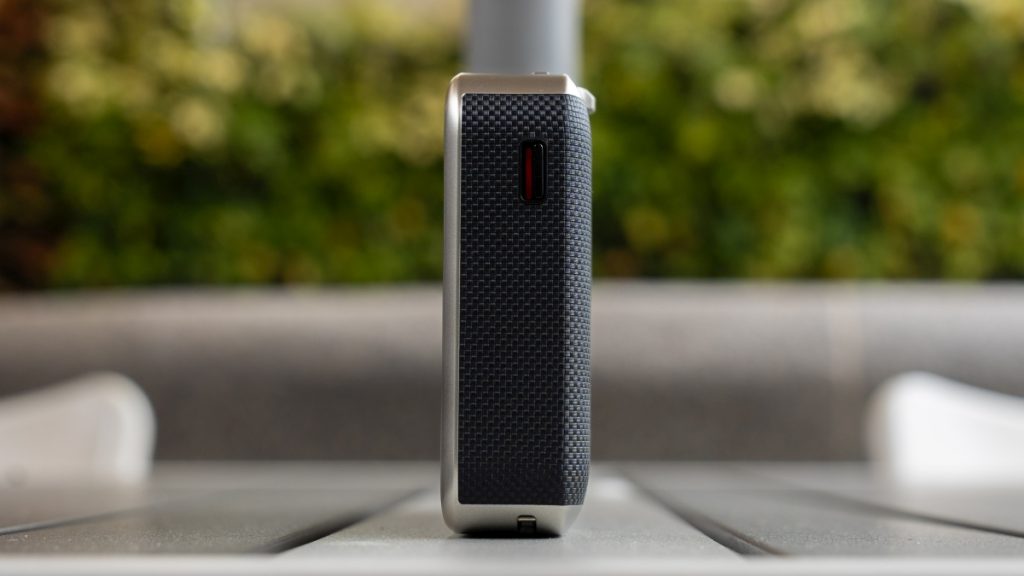
There’s also a USB C port on the bottom of the camera grip which can be used to charge the built-in battery when detached from the phone and to charge both its and the phone’s battery when attached. Oh, to make sure it doesn’t accidentally slide off for whatever reason while you’re using it, there’s a lock switch on the side of the camera grip.
Still think your phone has a better camera now?

Xiaomi has combined years of computational photography experience with advanced hardware and infused them with Leica’s legacy to create the Xiaomi 14 Ultra. If you wish to compare the camera quality on your phone to the Xiaomi 14 Ultra, you can head to a Mi store near you.

Should you get one for yourself, you’ll receive gifts worth up to RM1,747.94 which includes the Xiaomi 14 Ultra Photography Kit worth RM 799. Check out Xiaomi’s website for more information on the Xiaomi 14 Ultra.







